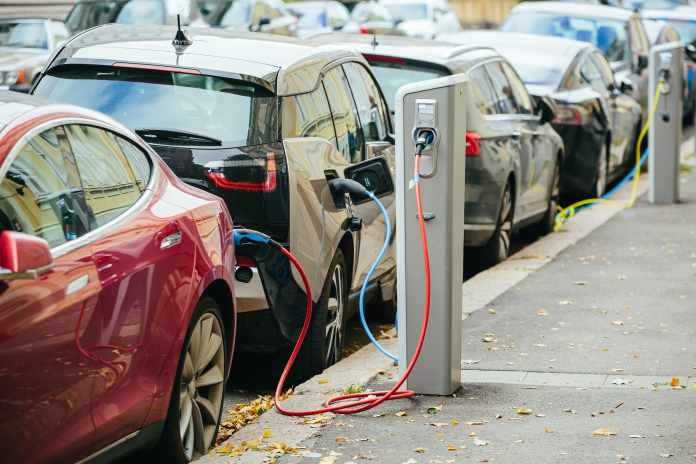
Whether you own a car or not, you may have heard the recent announcement that the Government is putting a stop to the production of petrol and diesel vehicles from 2030. Initially it was announced that the date would be 2040, but with increasing pressure on Government leaders across the world to act now to slow down the effects of climate change, it forced the UK to bring the original date forward by 10 years.
Electric vehicles are becoming more seen and heard of, especially with manufacturing giants like Tesla leading the way and adapting to a future which is going to be different for motorists. As electric charging points are now appearing in more places than ever, it’s a positive sign that the demand for electric vehicles is increasing, but significant changes need to be made ahead of the transition vehicles from 2030.
Although 2030 is still a long way off, it makes you wonder how much work needs to be done to prepare the UK for such a significant change. To look into this in more detail, LeaseCar UK have carried out detailed research to analyse the UK’s current electric vehicle situation. From the amount of electric charging points in each region to the most licensed plug-in cars, we wanted to share some of their findings with you.
Which UK region has the most plug-in vehicles from 2030?
LeaseCar’s research discovered that per 100,000 population, it’s the West Midlands which currently has the most licensed plug-in vehicles. Other regions at the top of the league table are the South East with 682 and the South West with 616. Not all regions have high numbers though, as the North East sits at the bottom of the table with 176 per 100,000 population, as well as the North West with 207.
It will be surprising to see how these numbers develop over the coming years, as more and more motorists consider making the change to electric vehicles from 2030 milestone.
Which region has the most number of rapid charging points?
If UK motorists are being encouraged to go electric, then the amount of rapid charging points around the country needs to significantly increase. Per 100,000 population, the South East currently has the most with 5.82. The South West falls slightly behind with 4.96, but how does the bottom half of the league table look?
It’s the East of England at the bottom of the table with 3.40 rapid charging devices per 100,000 population. Also near the lower end are the North West with 4.07 and East Midlands with 4.43. Although it’s a positive that each region is catering for electric vehicle owners, there’s no hiding from the fact that the Government will have to invest heavily in installing more rapid charging points over the coming years.
How do you feel about the recent news that the UK will be putting a stop to the production of petrol and diesel cars from 2030? Share your thoughts on social using #EVLeague.